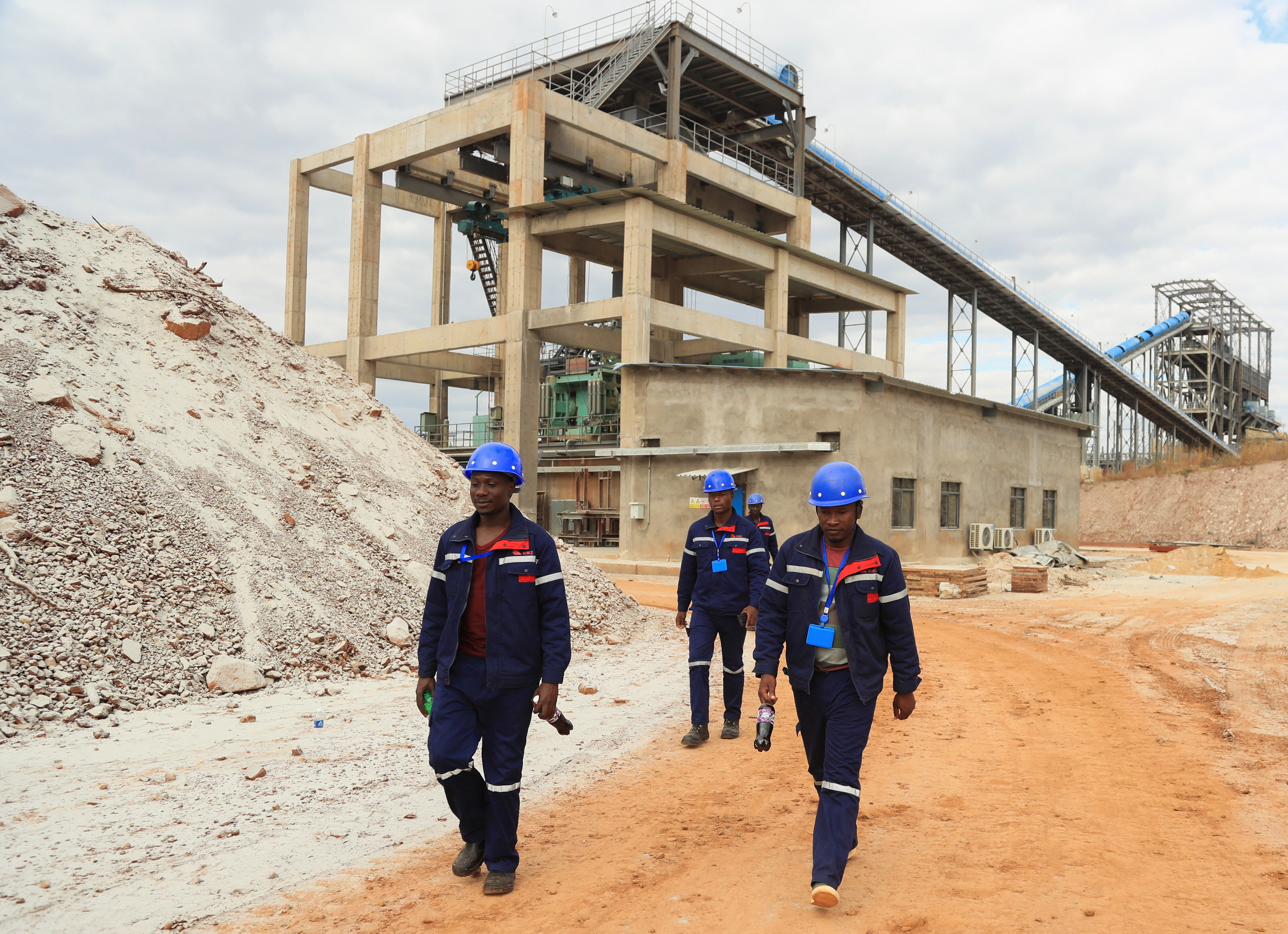The association between job-finding expectations and success

Data suggests that the unemployed overestimate their chances of gaining employment in the near future. Image: REUTERS/Aly Song
About 20 percent of unemployed Americans have been searching for a job for longer than 27 weeks. Known as the "long-term unemployed," these workers have lower job-finding rates than other unemployed workers, which has led to speculation that they may become discouraged about their job prospects over time.
But in Job Seekers' Perceptions and Employment Prospects: Heterogeneity, Duration Dependence, and Bias (NBER Working Paper No. 25294) Andreas I. Mueller, Johannes Spinnewijn, and Giorgio Topa find that the long-term unemployed are actually too optimistic regarding their job-finding prospects and do not adjust their job-finding expectations downward as they remain jobless longer. The researchers estimate that overly optimistic beliefs about employment prospects explain about 10 percent of the incidence of long-term unemployment.
The analysis focuses on two datasets. The first, the Survey of Consumer Expectations (SCE), is a nationally representative survey that asks respondents if they expect to be employed in the next three, and the next 12, months. The second, the Survey of Unemployed Workers in New Jersey (NJ), asks New Jersey unemployment insurance recipients if they expect to be employed within four weeks. Both surveys question respondents at regular intervals, allowing the researchers to determine how employment expectations change over time.
The data reveal that the unemployed overestimate their likelihood of finding a job in the near future. In the NJ sample, on average, 26 percent of respondents expect to have a job in one month, while the actual rate of employment in one month is 10 percent. In the SCE, 47 percent of respondents expect to have a job within three months; the actual job-finding rate is about 40 percent.
The researchers also analyze the relationship between perceptions and the well-documented pattern that the longer an individual goes without work, the harder it is to find a job. Both surveys confirm the existence of such "duration dependence," as actual job-finding rates are lower for individuals with longer unemployment spells. Perceptions exhibit a similar pattern: Of respondents in the SCE who have been unemployed for less than three months, 59 percent expect to have a job within three months. However, only 34 percent of those who have been unemployed for 13 months or more expect employment within three months.
The findings do not indicate whether perceptions are lower for the long-term unemployed because individuals who are most optimistic about their employment prospects find jobs and leave the sample or whether longer-unemployed respondents' job-finding beliefs change over time. To answer this, the researchers examine how perceptions change at the individual level. They find that perceived employment probabilities actually increase by an additional 2 percentage points for every additional month of unemployment. While individual beliefs become more optimistic on average as individuals' unemployment spells continue, the group of individuals who remain unemployed longer have lower job-finding expectations on average. Thus it is the composition of who remains unemployed for many months that drives the overall decline in the job-finding perception with unemployment-spell length.
Expectations are positively correlated with job-finding rates. For the short-term unemployed in the SCE, the average likelihood of finding a job is 0.6 percentage points higher for each percentage point increase in the expectation of finding a job, even after the researchers control for individual characteristics such as race, household income, and education. For the long-term unemployed, each additional percentage point of job-finding expectation is associated with a 0.4 percentage point rise in actual job-finding. The researchers leverage this relationship between expectations and job-finding rates to estimate the heterogeneity in job-finding and how accurately the unemployed perceive their differences.
The researchers estimate that if unemployed individuals had accurate, rather than overly optimistic, expectations about their job-finding prospects, they would alter their behavior — engaging in more job search, and accepting less attractive positions, for example — in ways that would reduce the share of unemployment spells lasting more than six months by about 10 percent.
Don't miss any update on this topic
Create a free account and access your personalized content collection with our latest publications and analyses.
License and Republishing
World Economic Forum articles may be republished in accordance with the Creative Commons Attribution-NonCommercial-NoDerivatives 4.0 International Public License, and in accordance with our Terms of Use.
The views expressed in this article are those of the author alone and not the World Economic Forum.
Stay up to date:
Future of Work
Forum Stories newsletter
Bringing you weekly curated insights and analysis on the global issues that matter.
More on Jobs and the Future of WorkSee all
Sebastian Reiche
November 19, 2025







